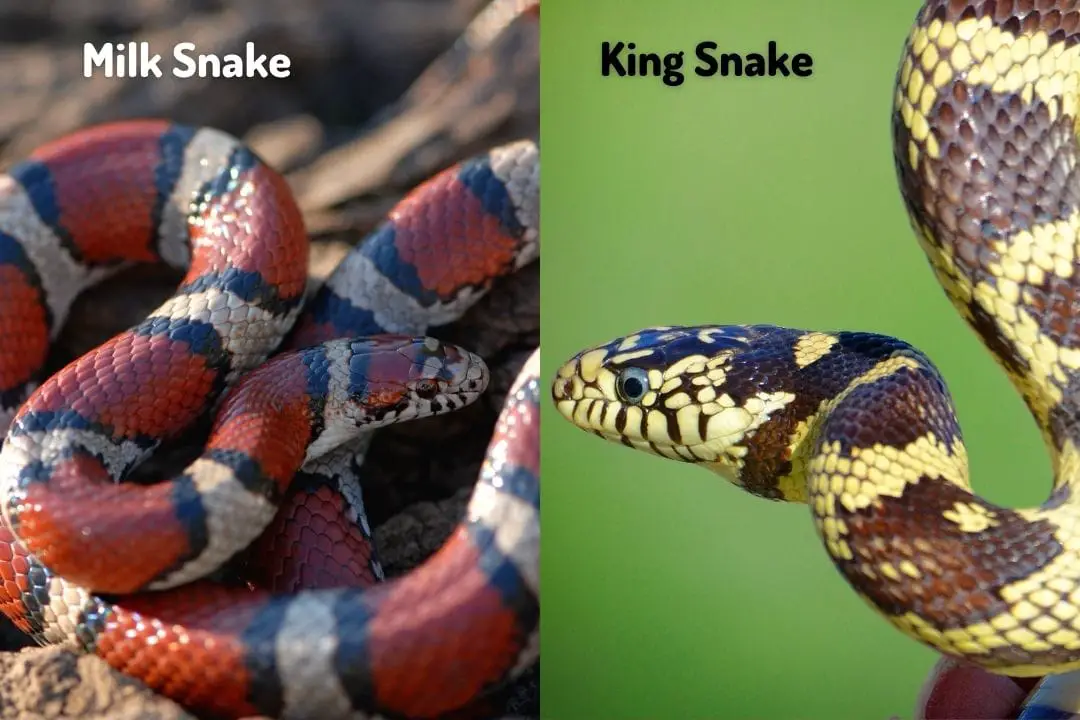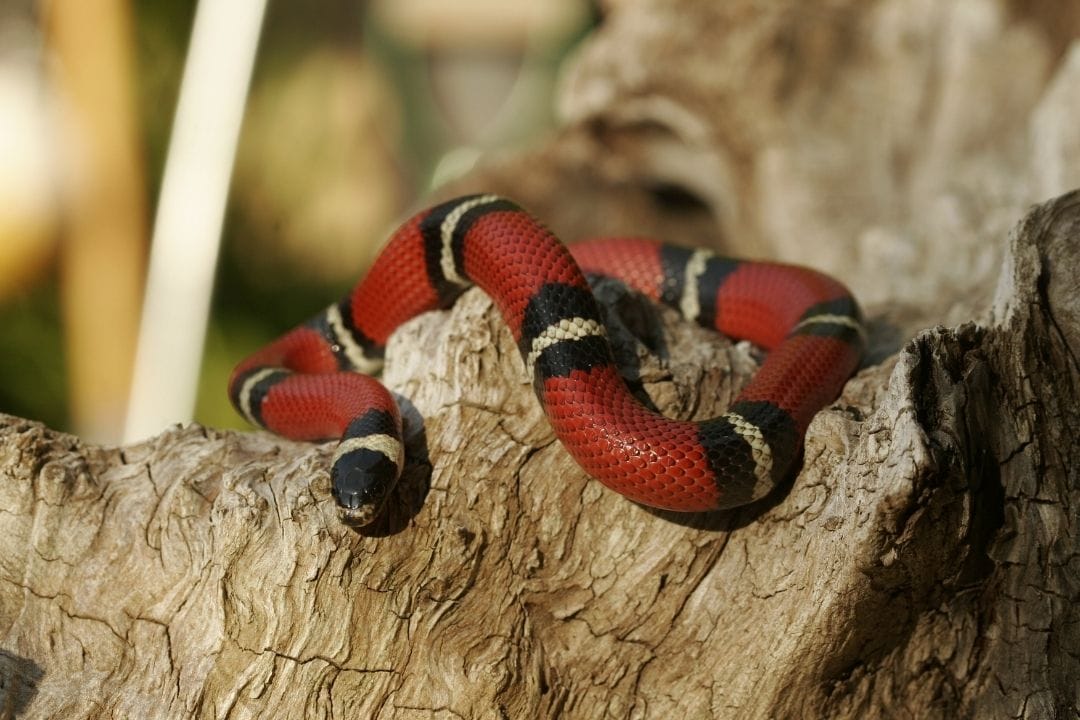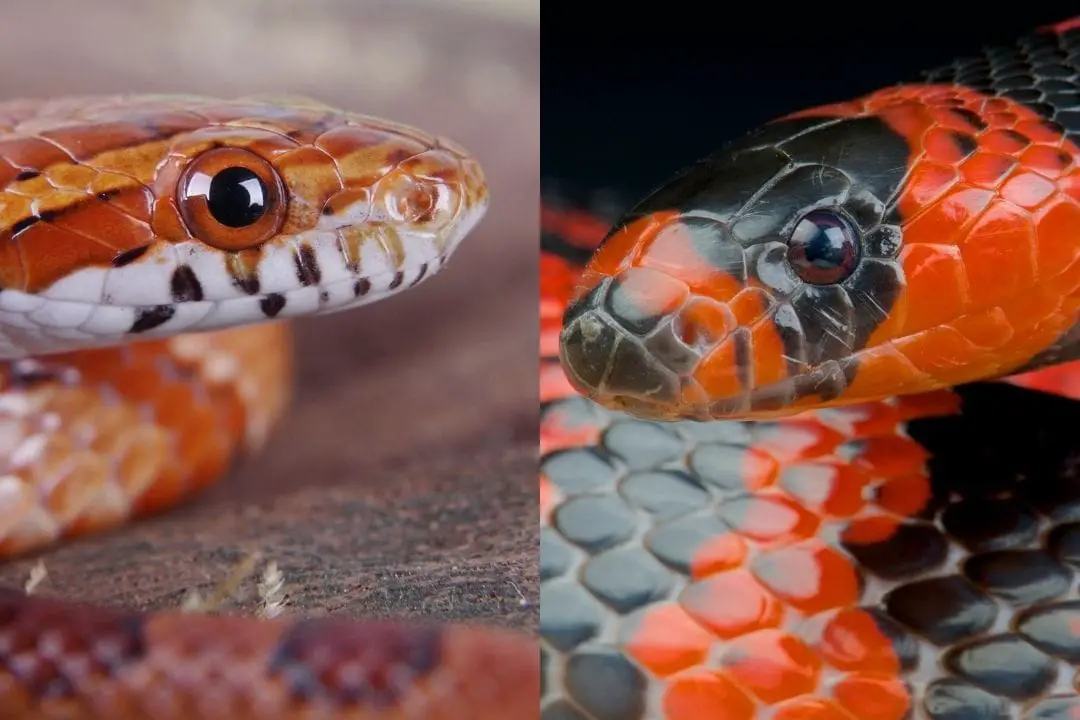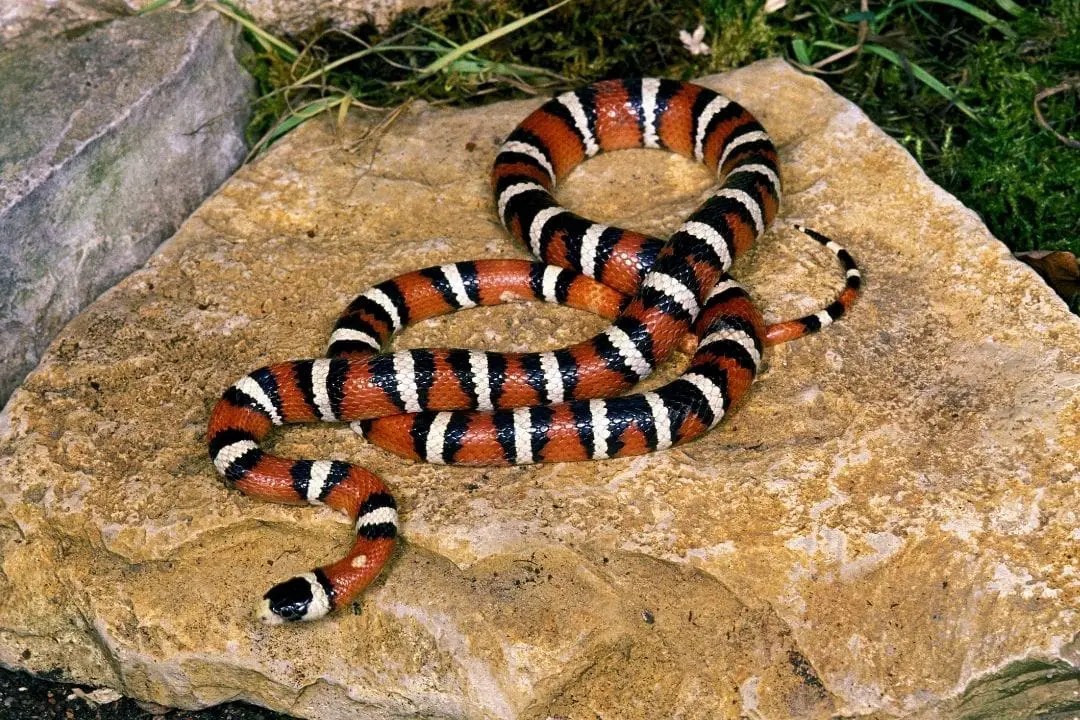You may find yourself confused about the differences between kingsnakes and milk snakes. This is partly caused by the fact that many former milk snake subspecies have now been reclassified as a kingsnake species.
Simply put, milksnakes are one species that belong to the wider genus of kingsnakes. This means that all milk snakes are kingsnakes, but not all kingsnakes are milk snakes.
About the Genus
All kingsnake species belong to Lampropeltis which means “shiny shield” in Greek.
This is because of the smooth, shiny, and unkeeled scales that mark this genus.
King snake is the generic name for members of this genus. Milk snakes are a specific species, Lampropeltis triangulum.
There are currently 24 recognized subspecies of the milk snake. This genus was given the common name of kingsnake because they eat other snakes.
This includes venomous snakes such as rattlesnakes. These snakes can even consume snakes that are longer than them by bend their prey’s spine. They are also more muscular than many other constrictors.
There are many species of kingsnake, including some like the scarlet kingsnake (Lampropeltis elapsoides) that were once considered to be one of the milksnake subspecies.
This has added to the confusion that surrounds these snakes. Older literature may still be using the old name for a species. We will go into some differences that set apart the many subspecies of milk snakes from the other members of the kingsnake genus.
One thing to note is that milk snakes can interbreed with other species of kingsnakes to produce hybrid offspring. This can make identifying snakes in the wild tricky in areas where multiple Lampropeltis species are found.
Color
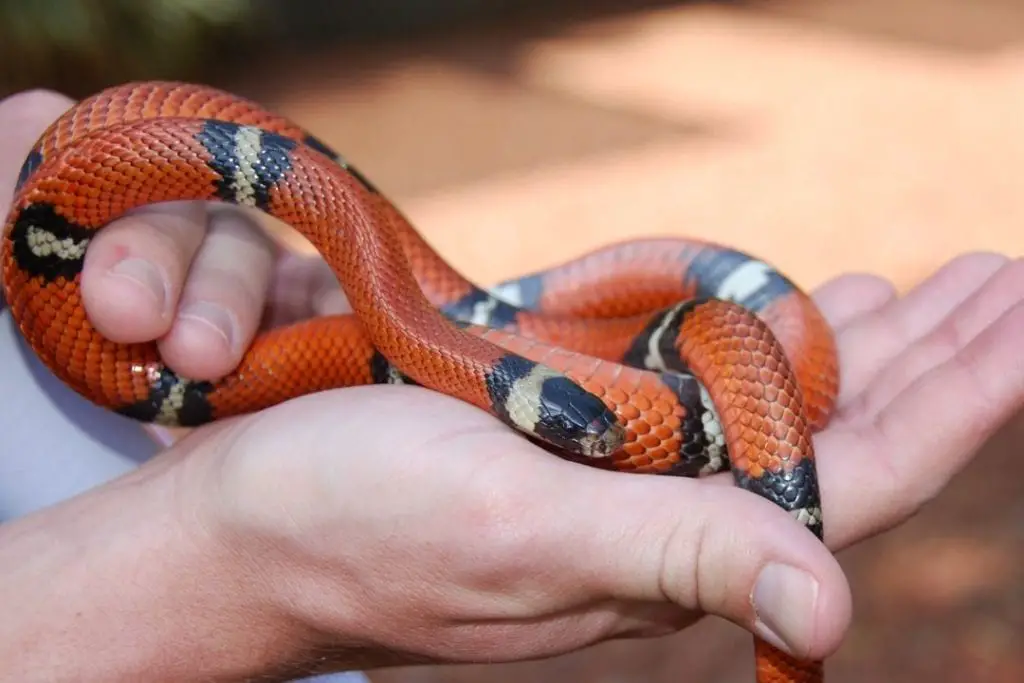
Milk snakes typically have bands of color in white, red, yellow, and black.
The exact appearance will depend on the subspecies. Most of these snakes mimic the color of the coral snake to ward off predators. This is called Batesian mimicry. You can also find animals that have blotches instead.
This is common in areas where blotched venomous snakes like the timber rattlesnake are common. In captivity, you can find many more colors and patterns than you would see in the wild.
Kingsnakes have a variety of colors, including solid colors or banded. The scarlet kingsnake also mimics a coral snake, but the eastern kingsnake is typically a solid black & yellow as an adult.
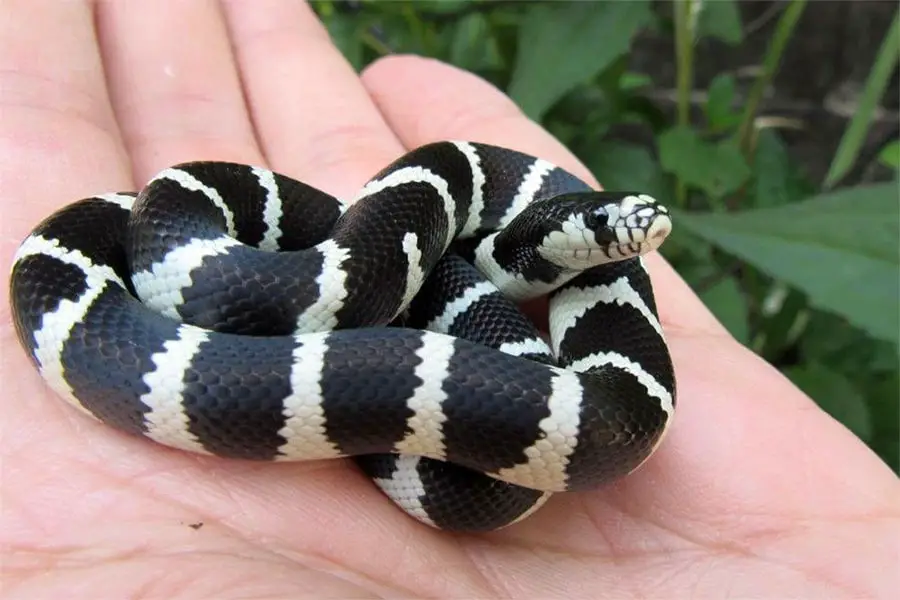
You can find kingsnakes with stripes, bands, or solid colors. They can be black, orange, brown, or yellow depending on the species. Captive-bred kingsnakes also come in a number of colors.
Size
Milk snakes are typically between 14 and 69 inches depending on the subspecies. None of the subspecies found in the United States and Canada get any larger than 51 inches.
A milk snake is typically smaller than most kingsnakes.
This makes them a bit more popular as pets since they are easy to handle. Kingsnakes are much more variable. The scarlet kingsnake rarely gets past 4 feet, while an eastern kingsnake can reach 7 feet with a maximum of over 8 feet. The whole genus is typically fairly slender since they are active predators.
Habitat
Kingsnakes are all a New World genus. They can be found in much of North and Central America with a few species having ranges that cross into the northern portions of South America.
They can be found in nearly any habitat, from rocky mountain slopes to lowland rivers and marshes. They are also found at many elevations, from mountains to coastal areas.
Milk snakes are also widespread. They can be found in the same areas, including ranging from Quebec all the way down to Venezuela. This makes it one of the most widespread species of snake.
Milk snakes are typically happy in a wide range of habitats, though they do frequent structures like barns because they visit looking for rodents to eat. Since these animals are all in the same genus, most of the differences will be noticed if you compare animals from wildly different natural habitats. A California kingsnake will be very different from a Central American subspecies of milk snakes.
Behavior
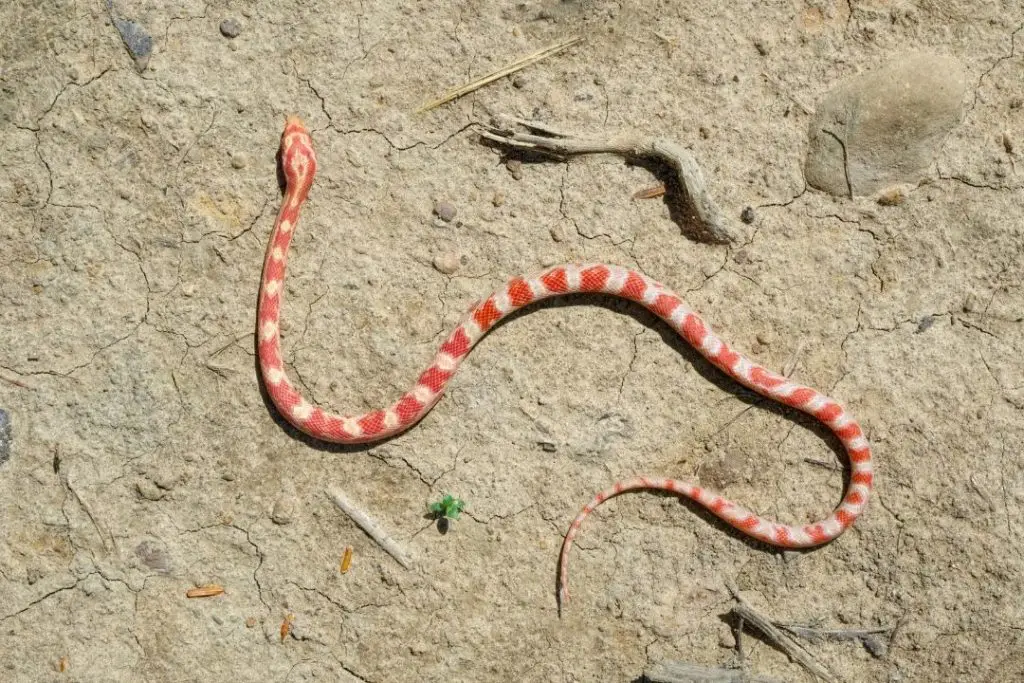
Milk snakes and kingsnakes as a whole are known for being docile snakes in captivity. In the wild, they exhibit many defensive behaviors that are common to all members of the genus.
For instance, musking and shaking the tail to mimic rattlesnakes are common, particularly in areas with a rattlesnake species. Both milk snakes and kingsnakes favor rodent prey, but they will eat nearly anything they can catch. These snakes eat rodents, lizards, eggs, and even other snakes.
Smaller species of kingsnake will eat primarily frogs or lizards as hatchlings before moving onto larger rodent prey as adults. Milk snakes share a similar diet.
The exact diet will vary by the area and time of year. During spring, bird eggs and chicks can be a common addition to the diet, while they may primarily eat mice or voles the rest of the year.
Milk snakes are typically nocturnal and will brumate with other snakes.
Many kingsnakes share this communal brumation, but not all species. Most species are nocturnal, but a few species such as the California kingsnake are notably diurnal.
Everything you need to know about caring for Milk Snakes in captivity:
Read our Milk Snake Care Sheet (Complete Guide)
Conclusion
Milk snakes and kingsnakes share much in common, they can even interbreed. The biggest differences come between snakes from different natural habitats. If you have any thoughts or questions, be sure to leave them below.
